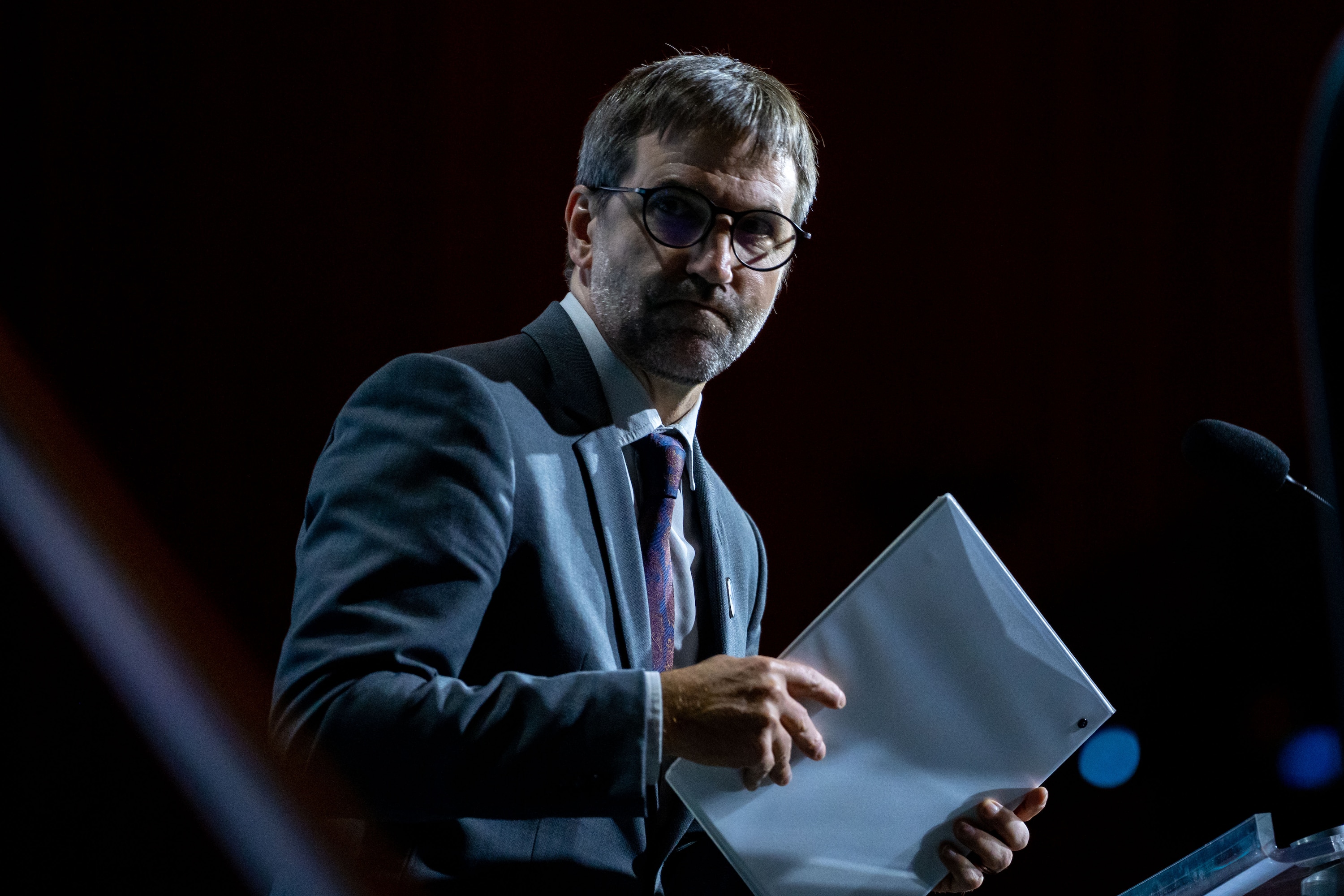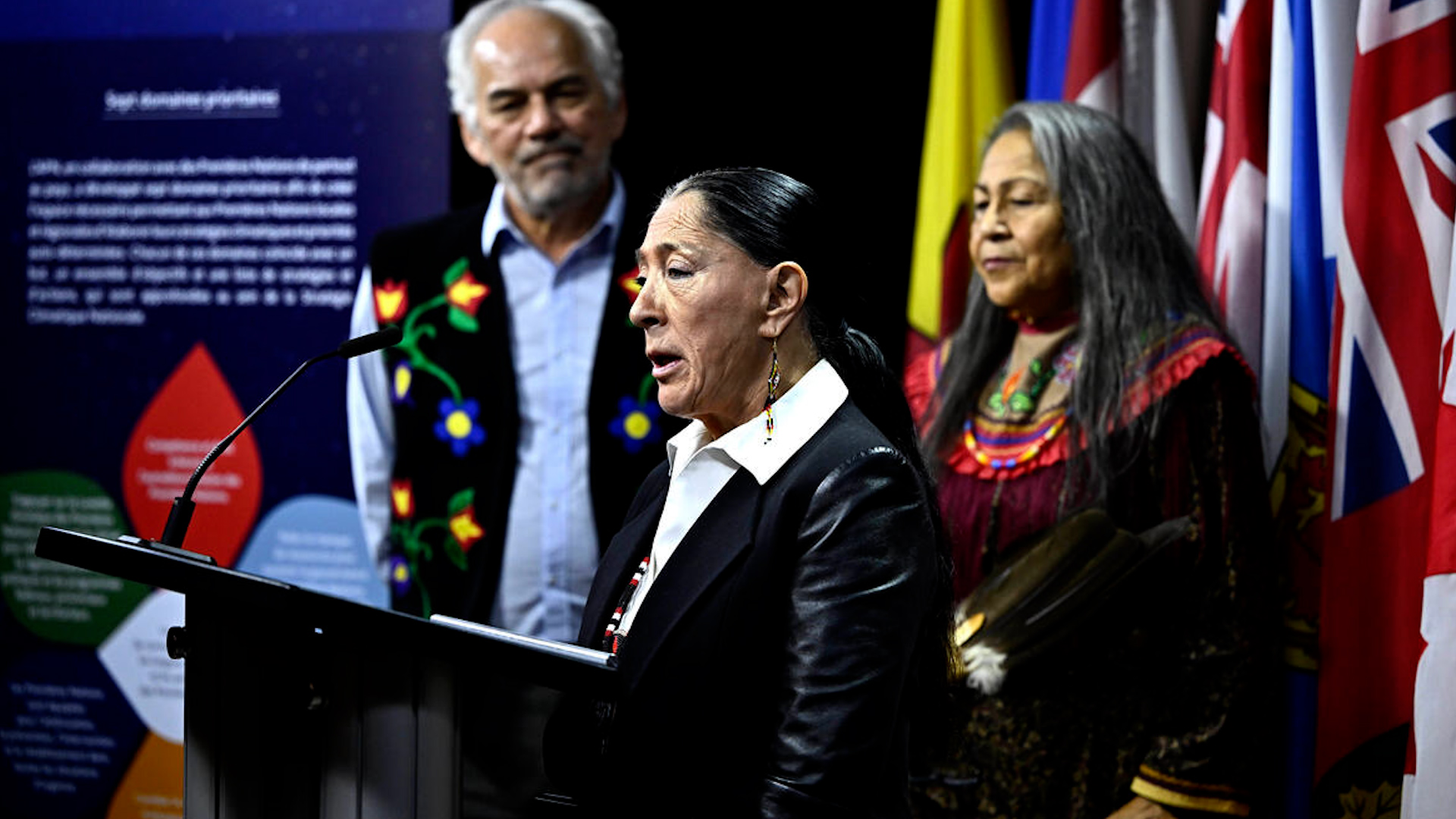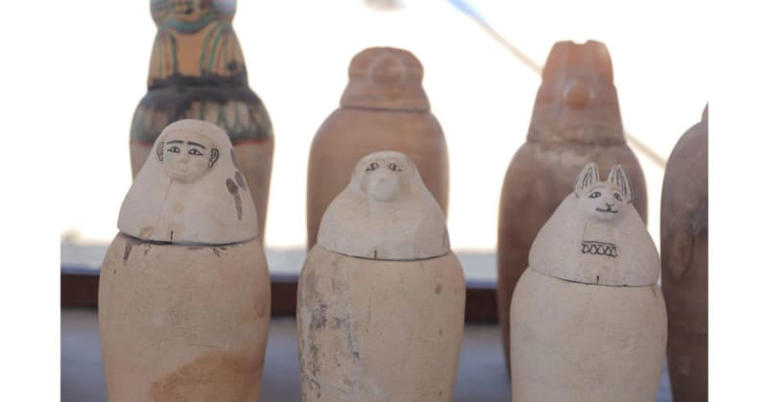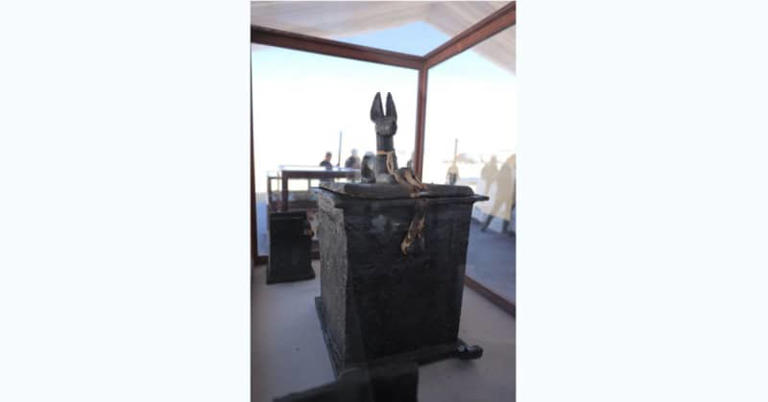Story by Lisa Johnson • Edmonton Journal

“I do believe in technology and emissions reduction but I don’t believe in magic,” Alberta Environment Minister Rebecca Schulz says of federal energy policies.
Alberta Environment Minister Rebecca Schulz says the federal government’s new temporary impact assessment plan for major natural resource projects shows that Ottawa isn’t listening.
On Thursday, the federal government released interim guidance in an effort to allow major natural resource projects to continue to move forward until it tables and passes amendments to the Impact Assessment Act (IAA), formerly known as Bill C-69.
It comes after the Supreme Court of Canada ruled on Oct. 13 that the Impact Assessment Act, which ushered in a new review process in 2019, was largely unconstitutional, and stepped into provincial jurisdiction.
“This interim guidance shows that Ottawa still does not get it,” said Schulz in a statement to Postmedia Thursday, accusing the Liberal government of failing to accept the Court’s opinion by not abandoning the act entirely.
“This interim guidance does not help reduce confusion – it only adds to it,” she said.
Earlier, Federal Environment Minister Steven Guilbeault said it’s too early to know the exact amendments that need to be made to the legislation, and didn’t offer a timeline, but said the government is working towards the “shortest path forward” to bringing it into compliance with the ruling.
“We intend to make it clear in an amendment act that the prevention of adverse environmental effects within federal jurisdiction is the government’s core policy impact – that this has always been our mission,” he said.
As part of the plan, the minister’s discretionary authority to designate projects or environmental impact will be paused
Guilbeault said that power has only been used five times since the legislation came into effect in 2019, but would be off the table until the amended legislation has come into force.
“The government of Canada wants to ensure clarity and certainty for investment in the projects this country needs,” he said.

cbc.ca 'It's simply not true:' Minister Guilbeault on Alberta's ads
0:50
Under the new guidance, the Impact Assessment Agency will look at all projects currently under assessment, and provide an opinion on whether their impact is under federal jurisdiction. Guilbeault said project proponents should still continue information sharing to advance their assessments.
He said if a project doesn’t fall within federal jurisdiction, then Ottawa would look to provincial authorities to ensure a proper assessment is being done.
Consultation that’s already started with Indigenous Peoples through the existing process will continue in cases where the federal government has clear jurisdiction.
There are 23 projects currently being assessed under the IAA, and another 20 continue to be reviewed under the Canadian Environmental Assessment Act 2012, the former relevant legislation.
Of the 23 projects, 10 are in the planning phase, 10 are in the impact statement phase of the assessment process and three are substituted to the Government of British Columbia.
Schulz said Alberta strongly supports Ontario’s move to apply for judicial review to affirm the bill’s unconstitutionality, and is calling on the federal government to work with provinces to find practical and constitutional ways to regulate projects and keep growing the economy.
“We want to see investment grow in Alberta, not have it driven away by unbalanced, unpredictable new rules for large-scale infrastructure projects,” she said.


















